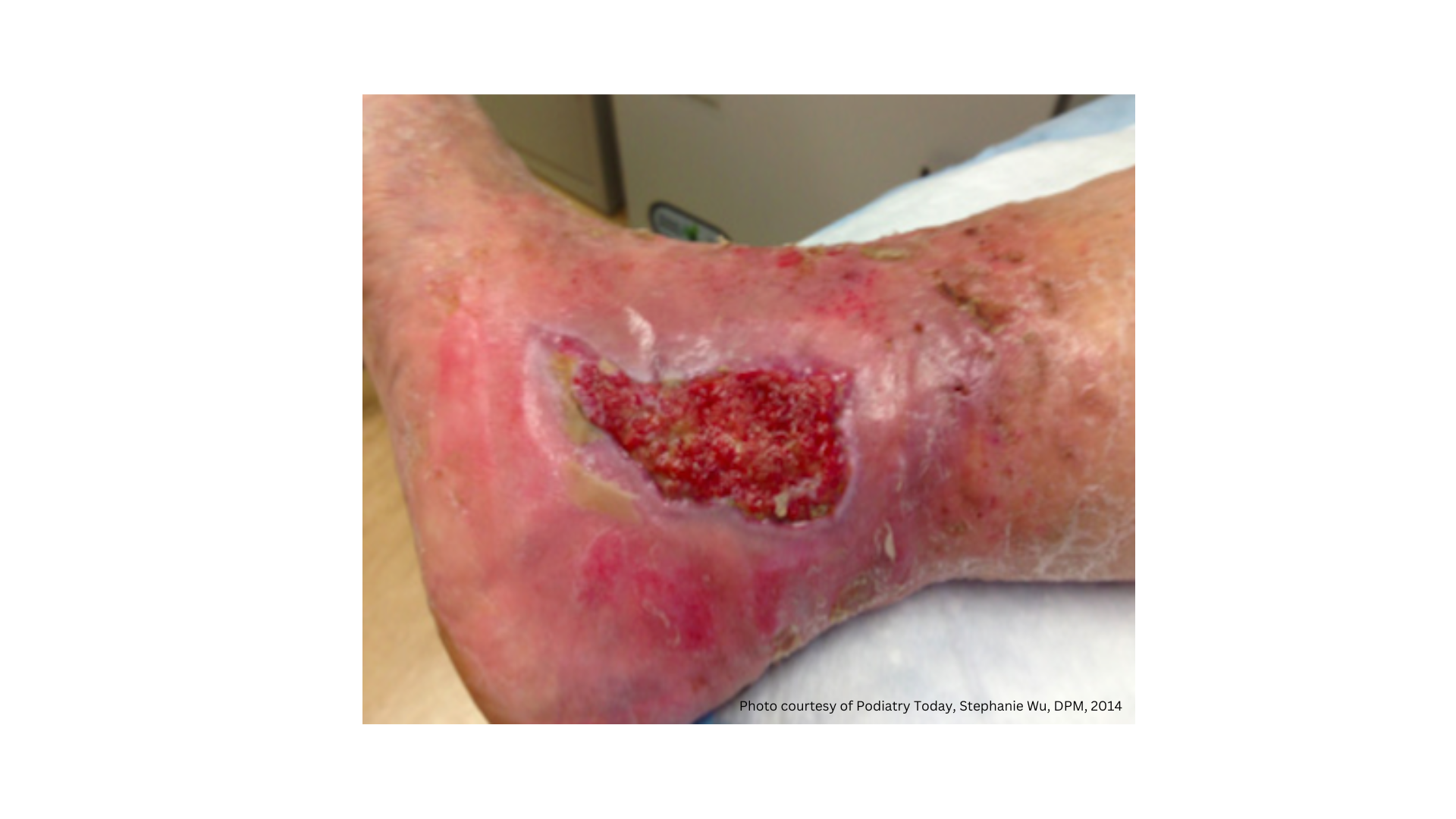Insights on Silver Nitrate in Wound Care
November 15, 2024
© 2024 HMP Global. All Rights Reserved.
I'm Dr. Laura Swoboda, I'm a translational scientist, a family nurse practitioner, and I'm also a skin and wound specialist in the Milwaukee area. So different clinicians, providers are going to use silver nitrate differently, It's going to fit into your armamentarium your repertoire however you choose to implement that. I like it It's very affordable. It's easy to use. It's pretty well-tolerated If you don't have the time to numb people up. It's still pretty well-tolerated so you can use it quite quickly I like to use it to fit in especially for hyper granulation tissue. And, when we're getting into larger wounds with large swaths of hypergranulation tissue. It's something you can do pretty quickly to treat that tissue as opposed to if you're doing even a sharp debridement that's going to take more time on very large wounds so I like to use it there. I've seen people use it pretty commonly around ostomy sites when people get just from exposure to moisture, some hypergranulation buds, and things and with ostomies. Those hypergranulation buds are really friable so they'll bleed ,and then that blood and the moisture can make their pouch not stick as well, so silver nitrate is really effective to treat that.
When silver nitrate was kind of first on the scene a hundred years ago or something like that they were using it actually as a disinfectant but it's cytotoxic, so we don't use it for that purpose anymore as long as you have something, anything else, pretty much to clean the wound with, but we're using it as a debridement agent and then as hemostasis. So, I also like to use it as, I apply pressure after a sharp debridement, no peeking, firm pressure, and it should stop bleeding. If not, I'll add a collagen with pressure. Try again. And if it's still oozing, some capillary oozing, I'll use some silver nitrate for stasis for that.
So, the typical form of silver nitrate that you're going to be using in a wound center or as an ostomy specialist is with the stick form. So, it looks like a cotton tipped applicator. It's on a long stick and it has a little bud of silver nitrate at the end of it. It also comes in liquid forms, where you can, you know, pour it onto a cotton bud or something like that and apply it that way. It is a caustic material, so, you know, and it can stain your skin. So, I prefer it in the applicator style, so you have more control over where it's going and that type of a thing. But there are some other forms out there, powders and things, if you're looking, you're using it more commonly and you're looking for other forms.
So, I have recently seen it used in kind of a novel way for me where the wound, you think it's epithelialized, you're not totally sure if there's still moisture there or not. If you really lightly roll the silver nitrate stick over the wound bed, if there is any moisture left where it's not it'll become grayish silver like we do when we apply it to a wound bed. That's how you know there's still moisture in the wound, that it's still open, and that's not closed yet. I'm very picky when I call a wound closed, you know, we don't call it healed because it's still healing, remodeling underneath there. So there's that. And also, I do like to numb people up if I can. I tell people that it's going to sting for maybe a little bit. It goes away pretty quickly. It's pretty well-tolerated, but still just the kindness of putting some lidocaine or something on for 10 minutes before you're going to apply it is good.
Silver nitrate is cytotoxic. So, we want to use the least amount of it that we can. That is necessary. So, if I'm using it for hemostasis, I blot the wound, and I do try and see where specifically that capillary is leaking from, and then only apply the silver nitrate in that area with some pressure with the applicator while I'm doing it. When you're applying silver nitrate, it is, again, caustic. So, you want to, if you're applying a cellular tissue product afterwards, not use silver nitrate if you don't have to and again use it for the smallest amount of space. If you're applying an amnion product or some sort of collagen afterwards it will fry it like an egg because it is yeah like a chemical kind of a burn so we want to use as little as possible but it is very effective so if you need to use it it's a great option to have but just you know be cautious with it.
Silver nitrate is a really low-cost intervention. It's very accessible. This is something where, you know, protocols are in place to make it more accessible so that our ends and different level people can be using it because a lot of times, you know, the ostomy specialists are the ones that are applying this. I'm not the one applying it around stomas and things. So, we want to make sure that the people that need to use the tools are able to use the tool.
The views and opinions expressed in this content are solely those of the contributor, and do not represent the views of WoundSource, HMP Global, its affiliates, or subsidiary companies.








